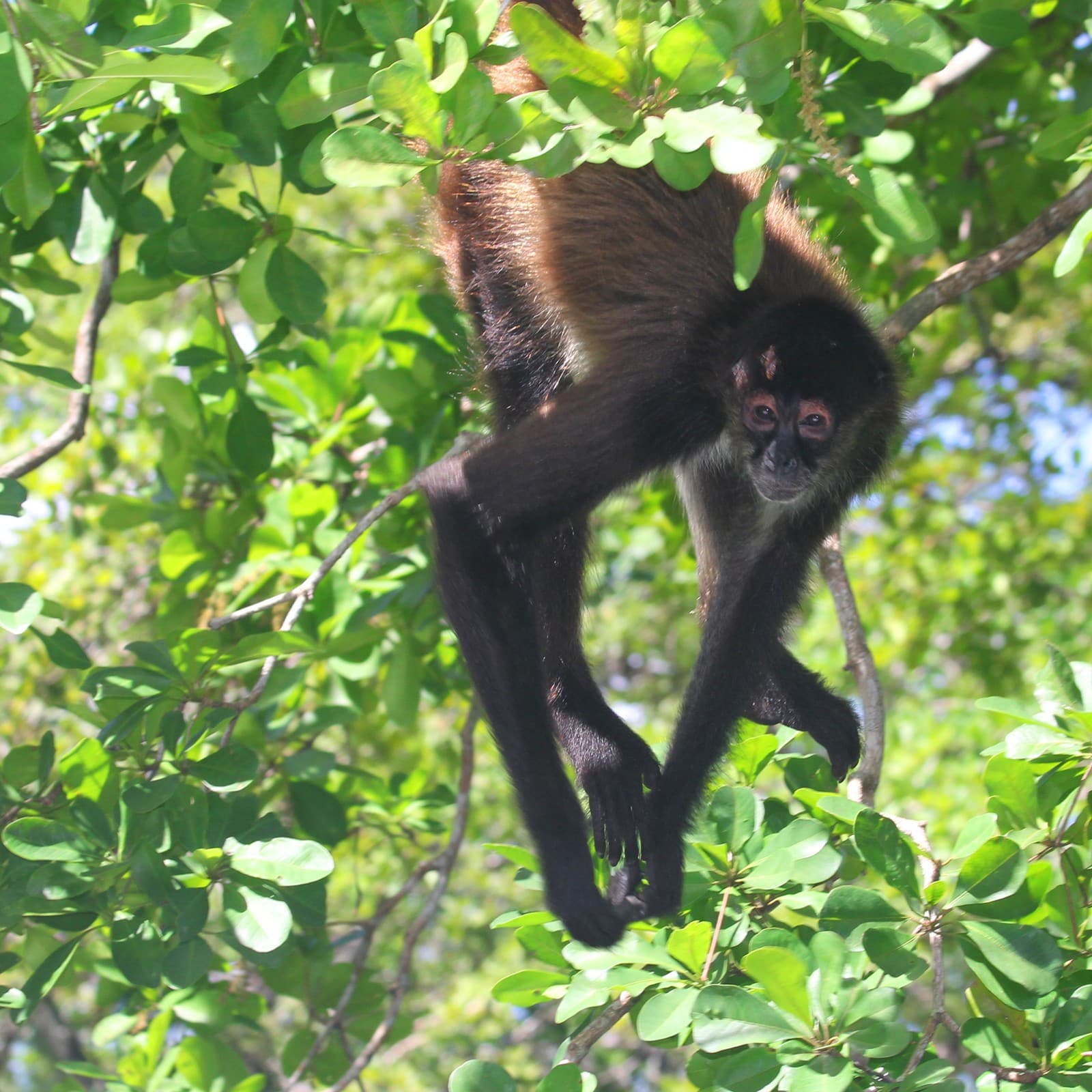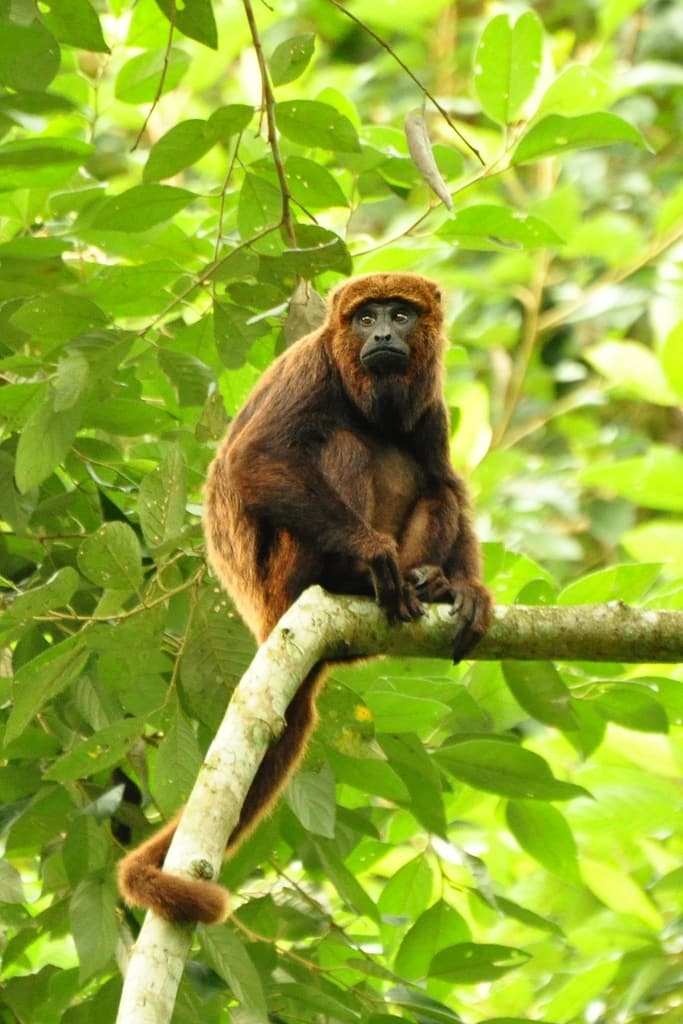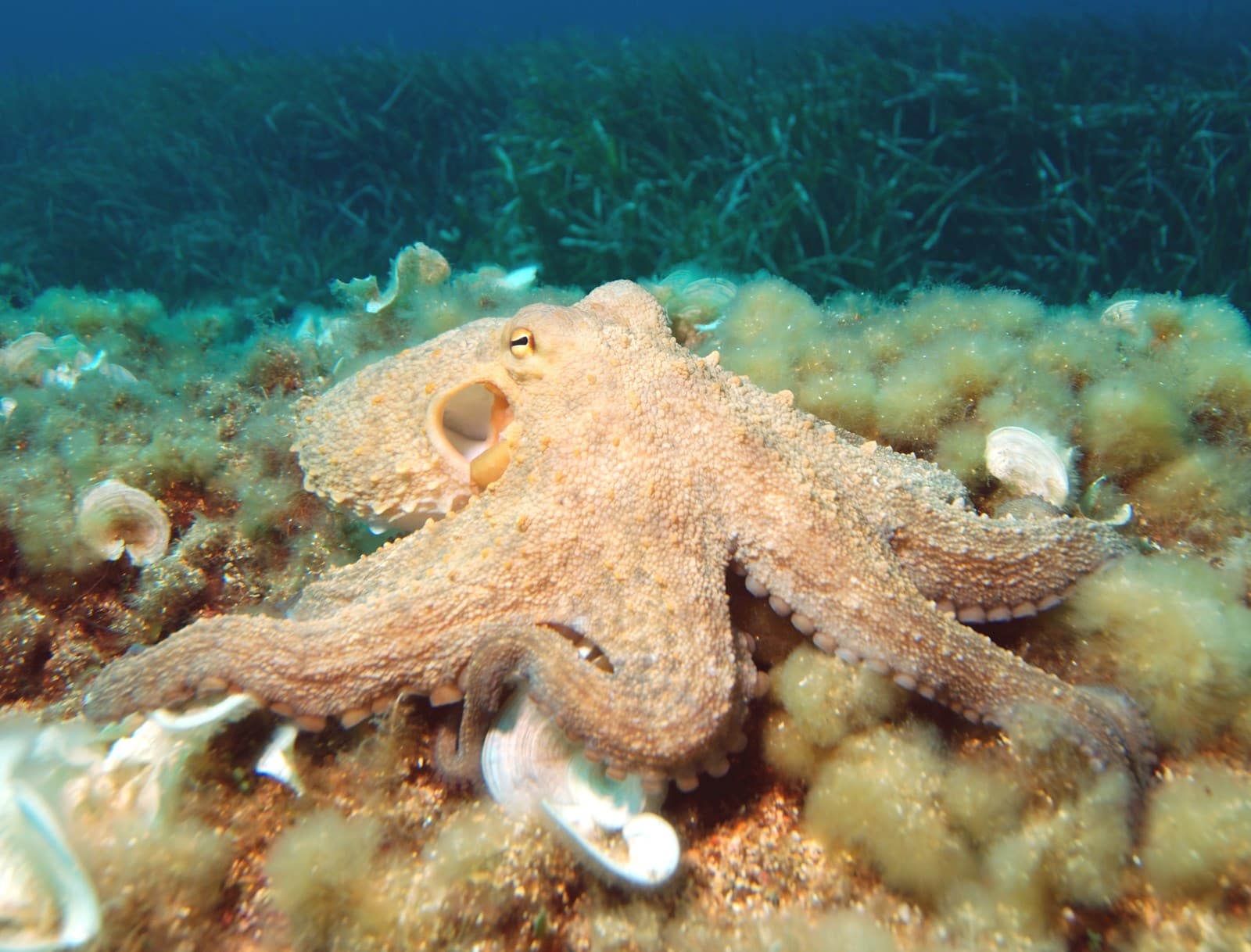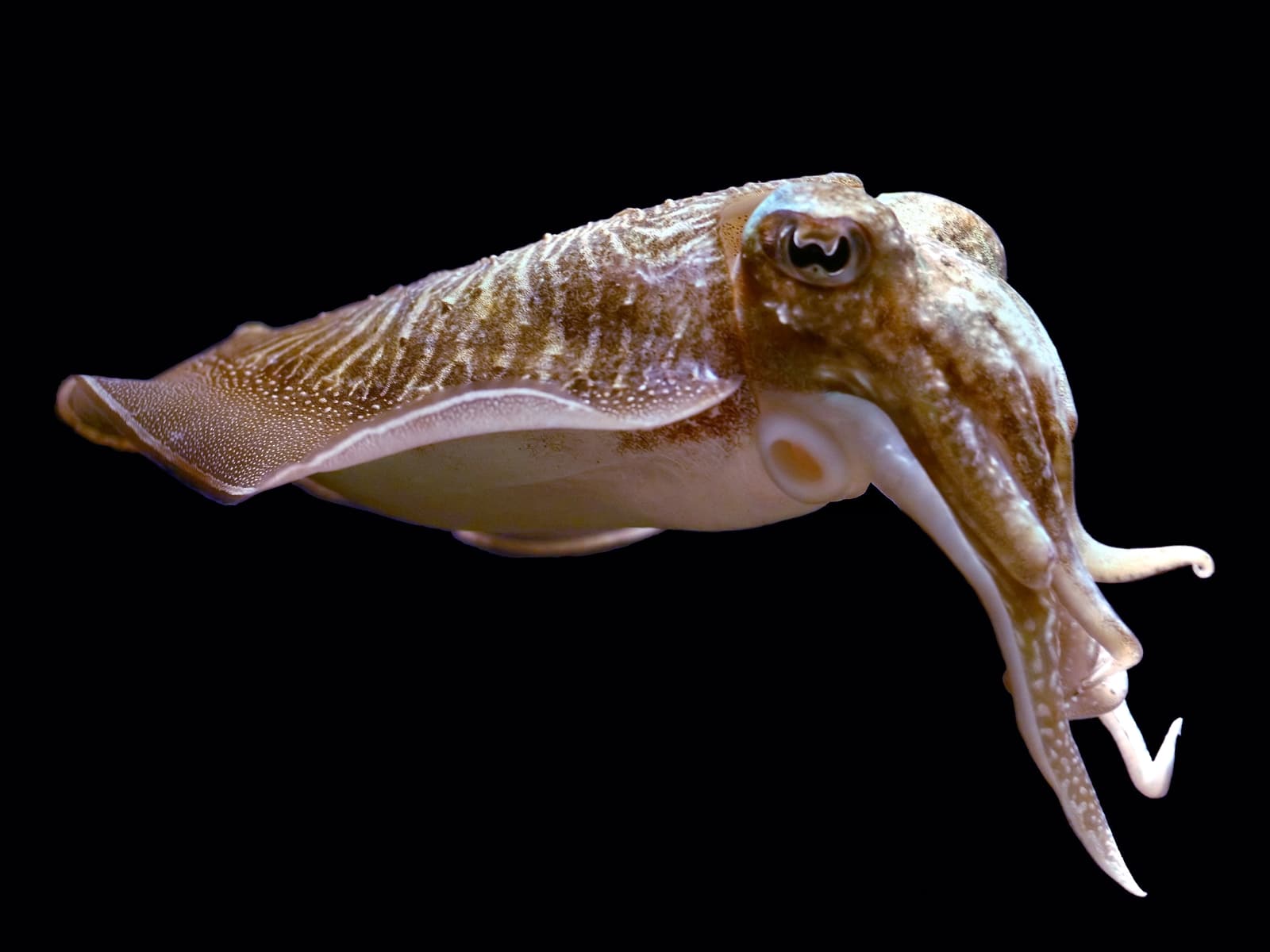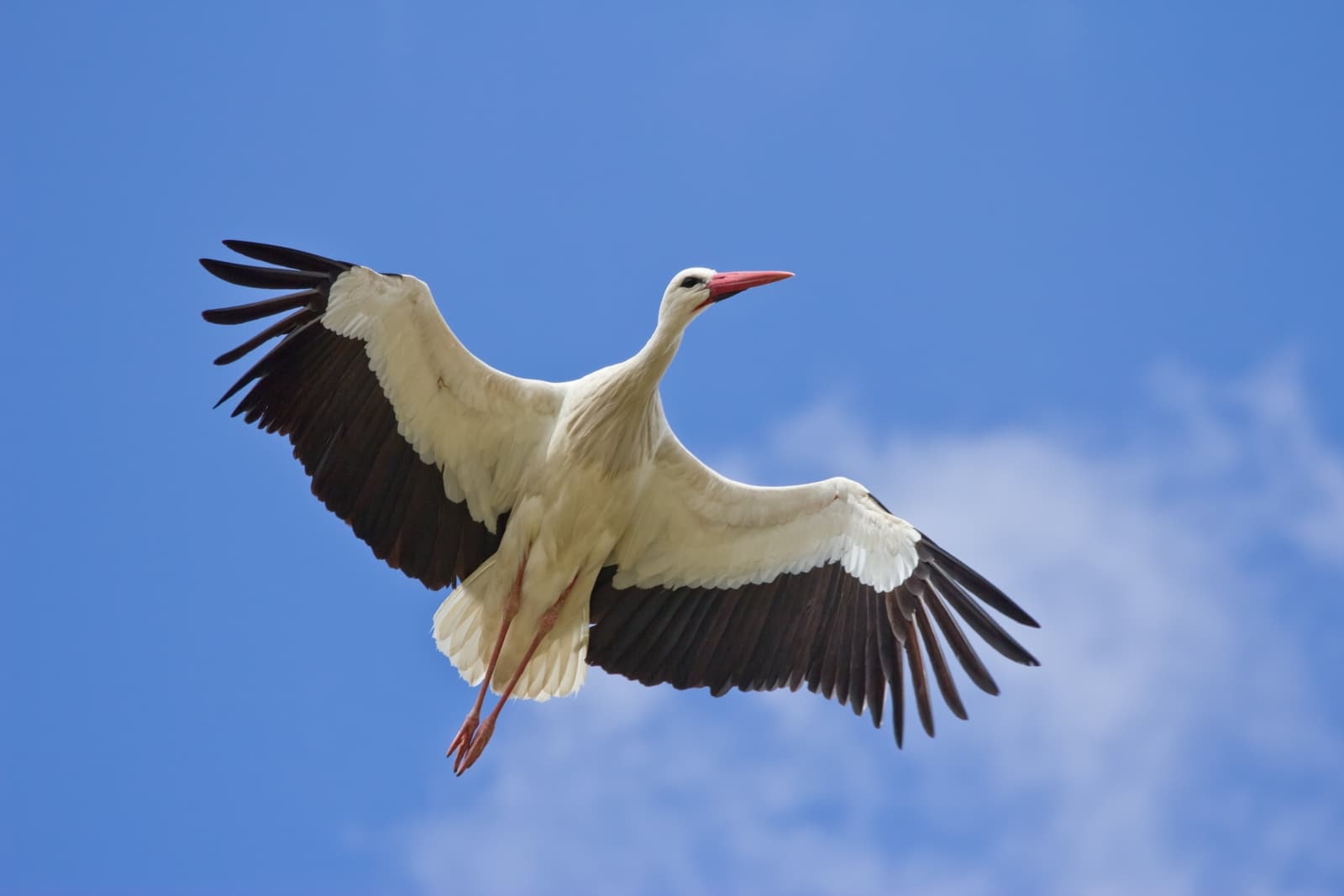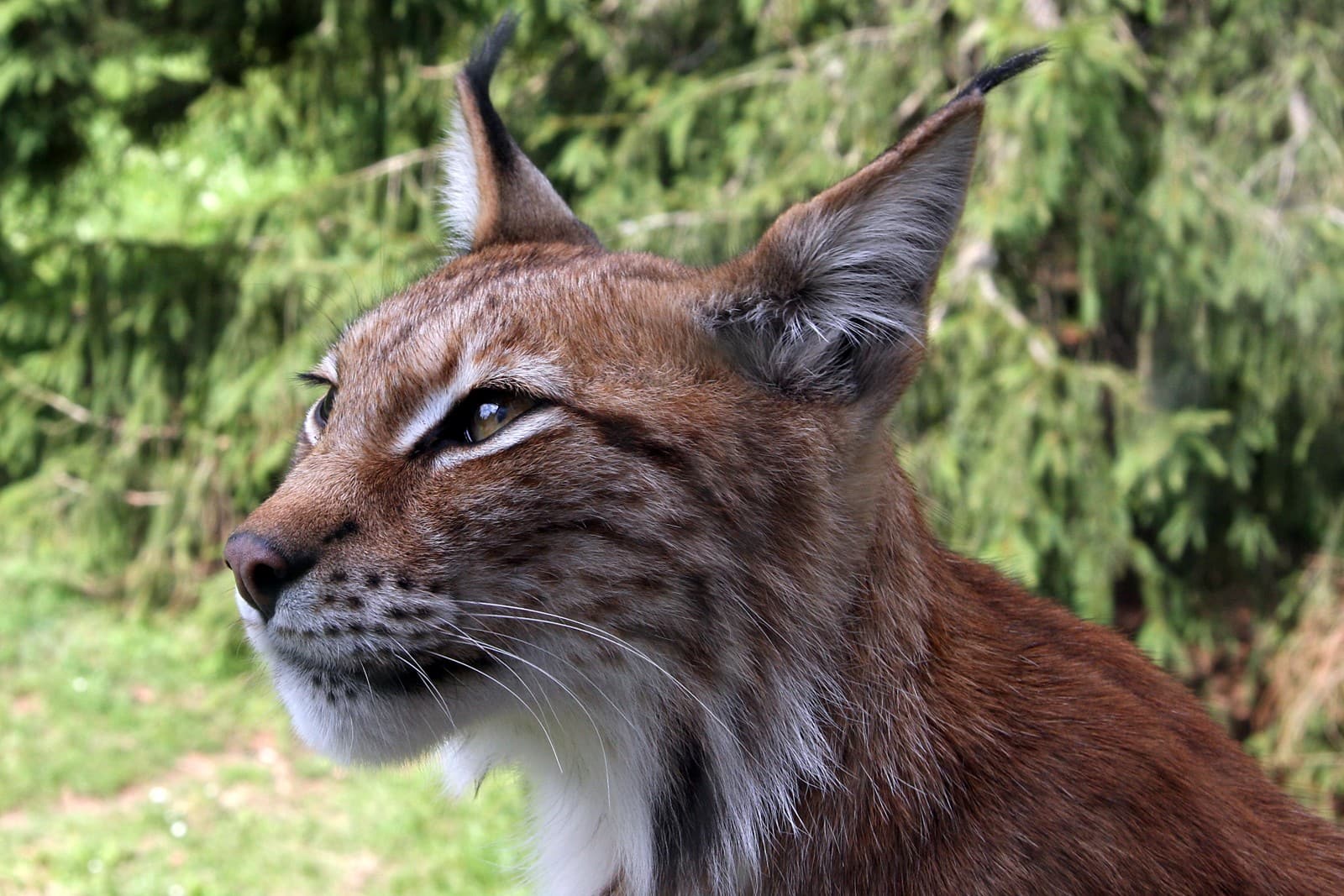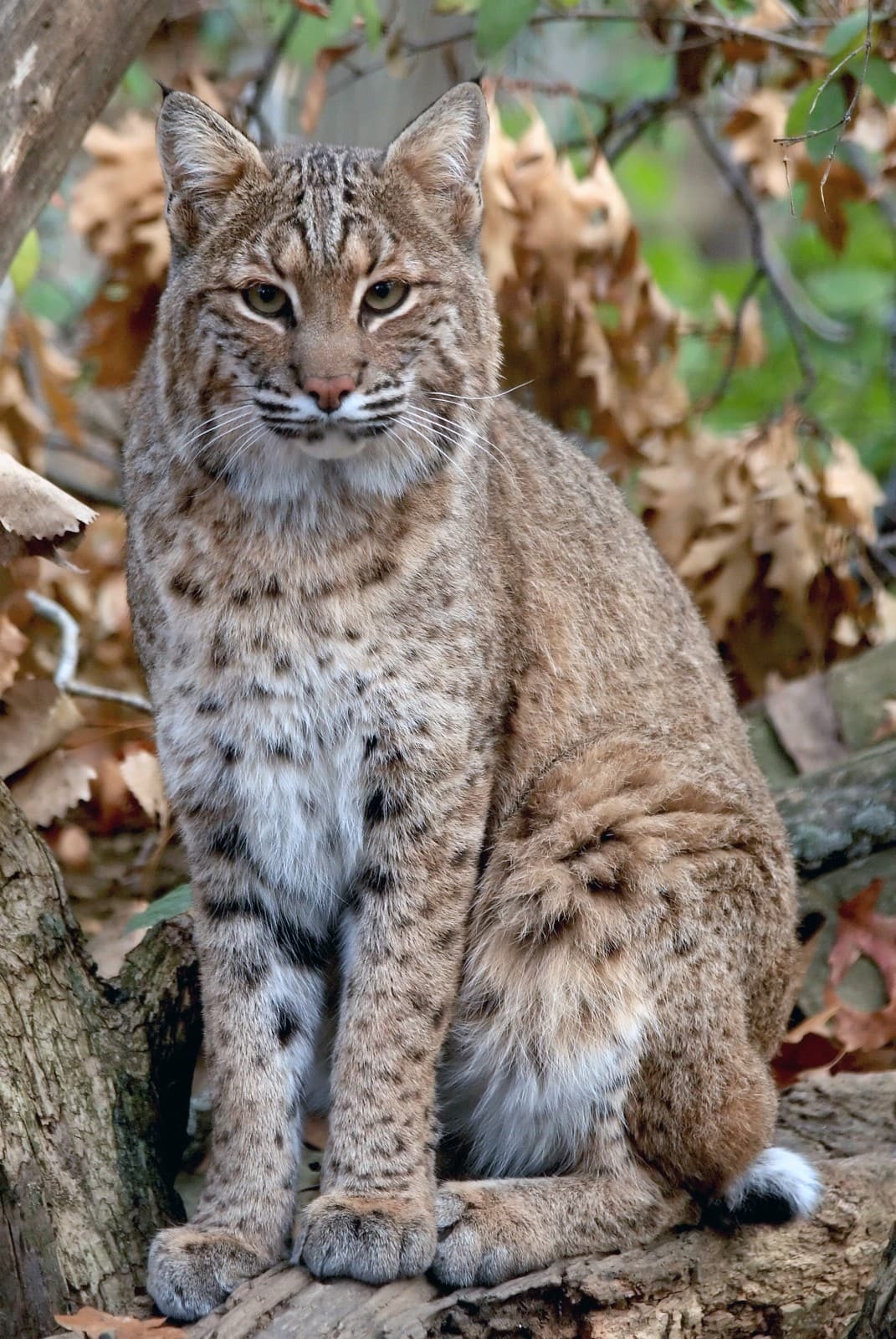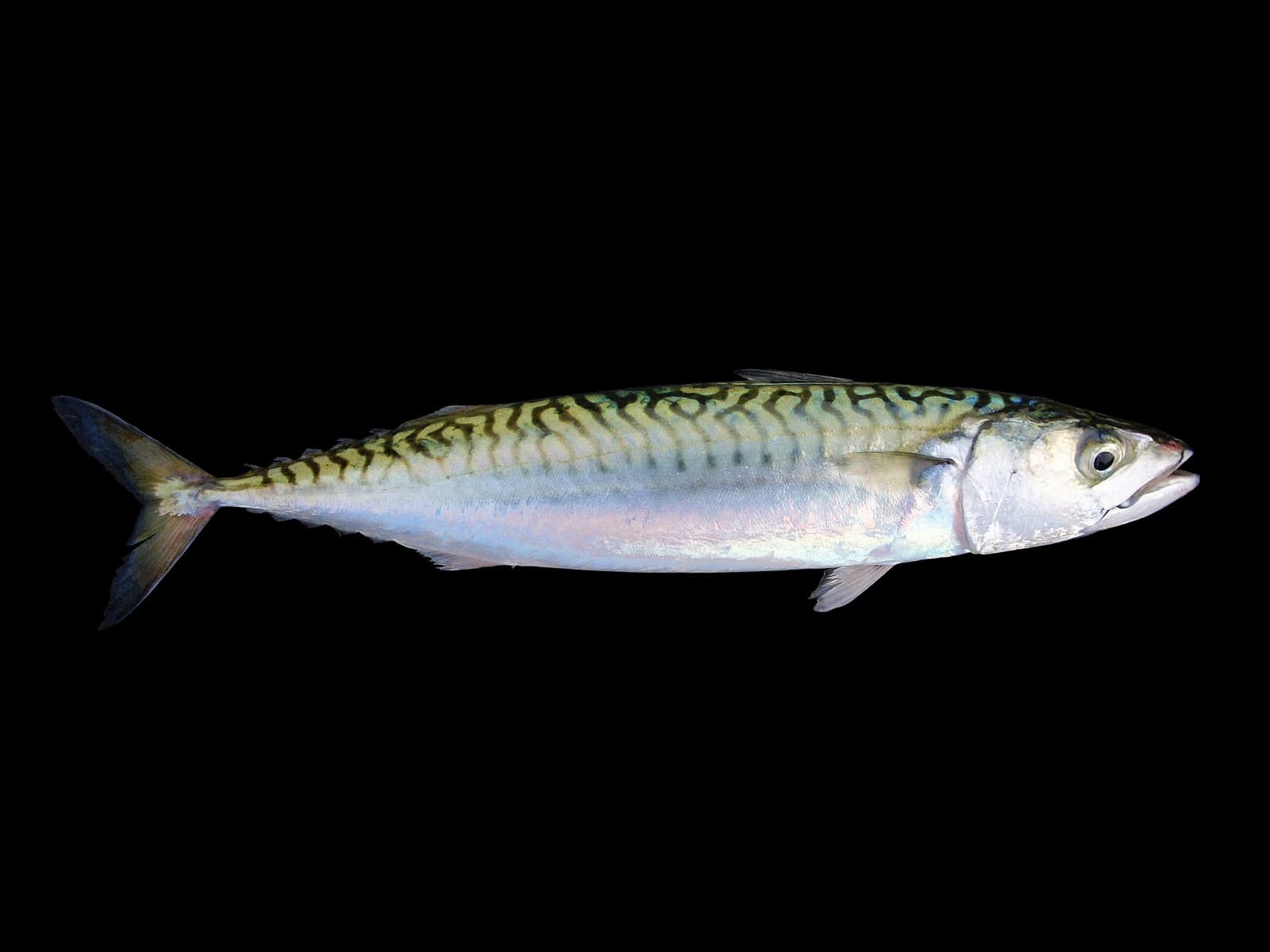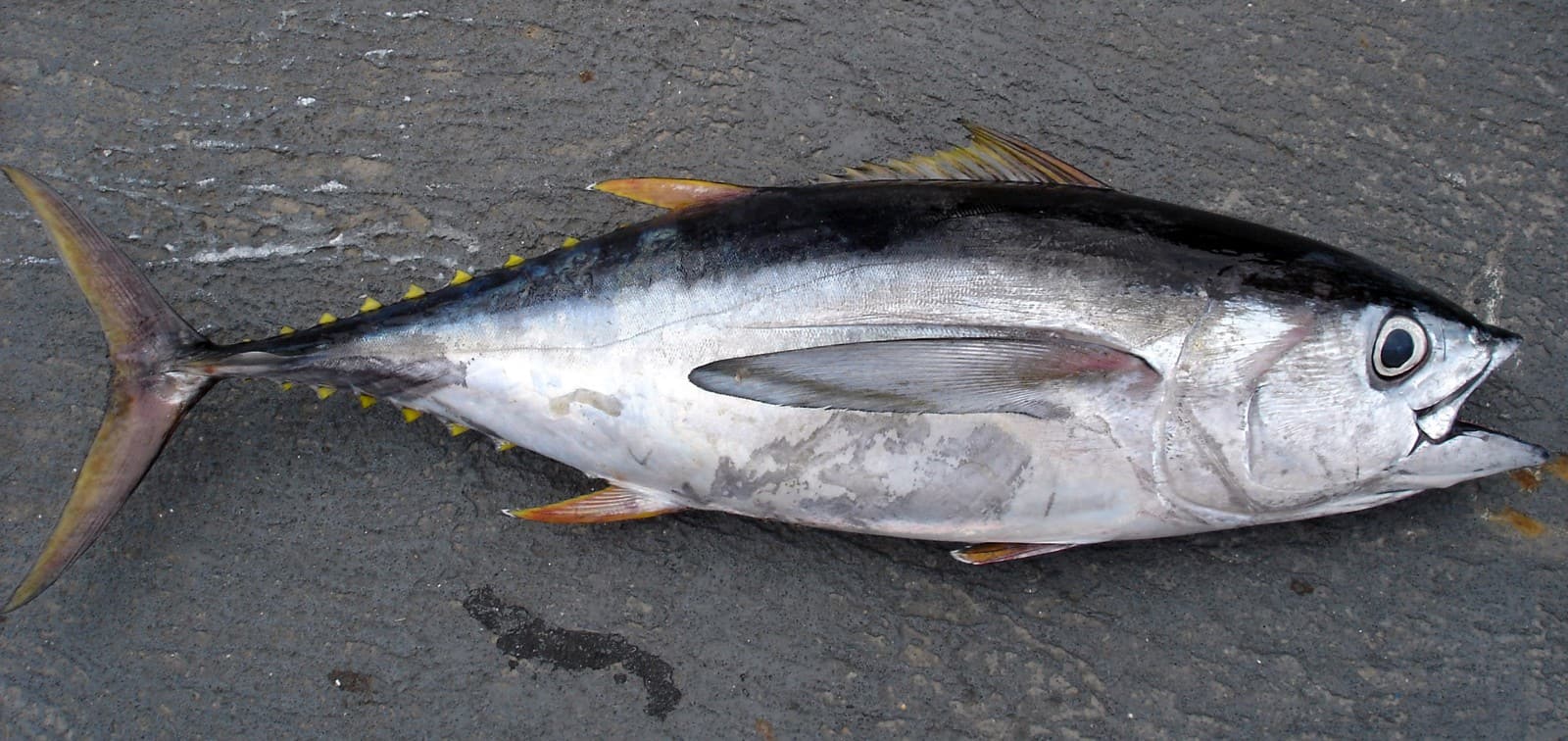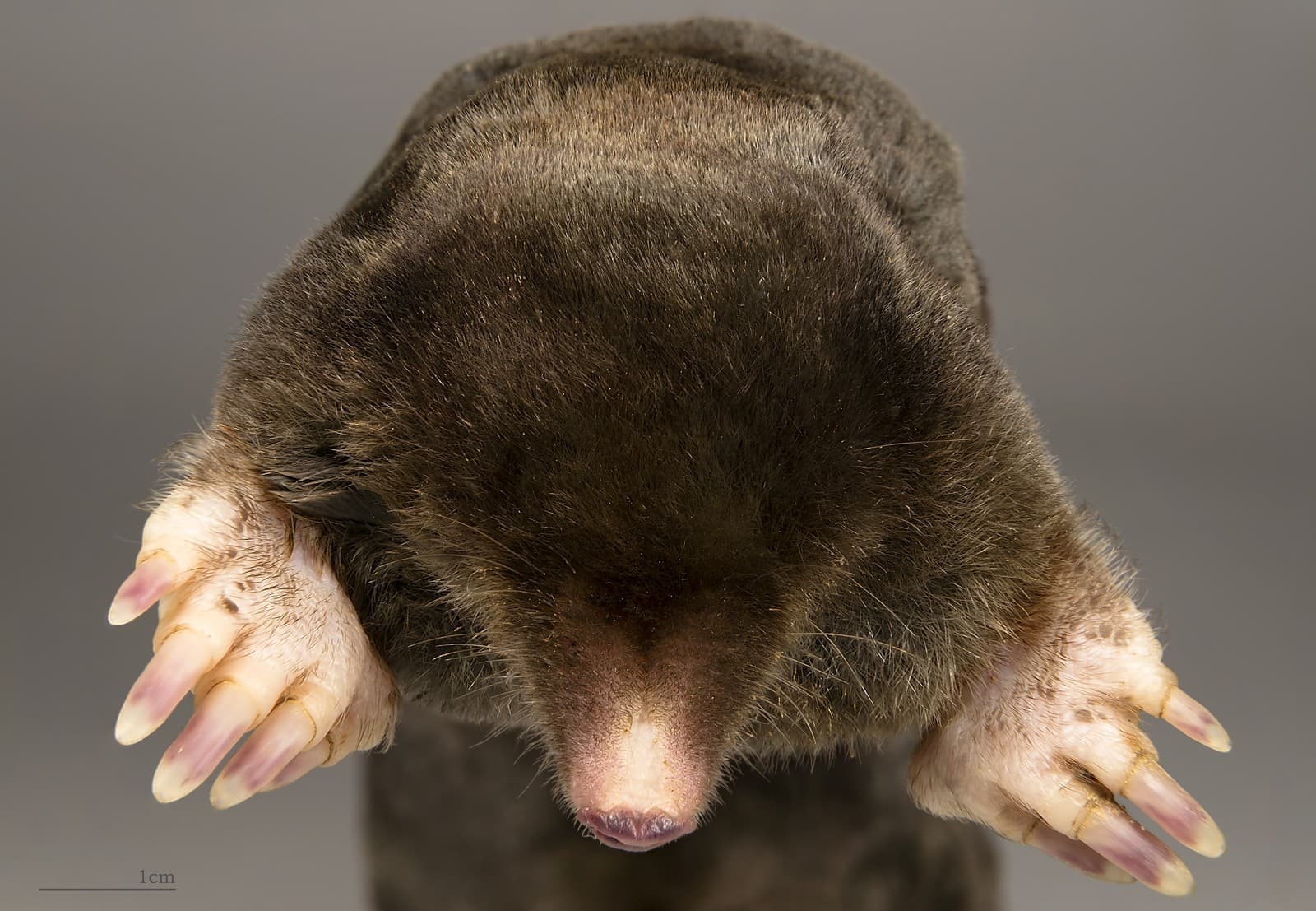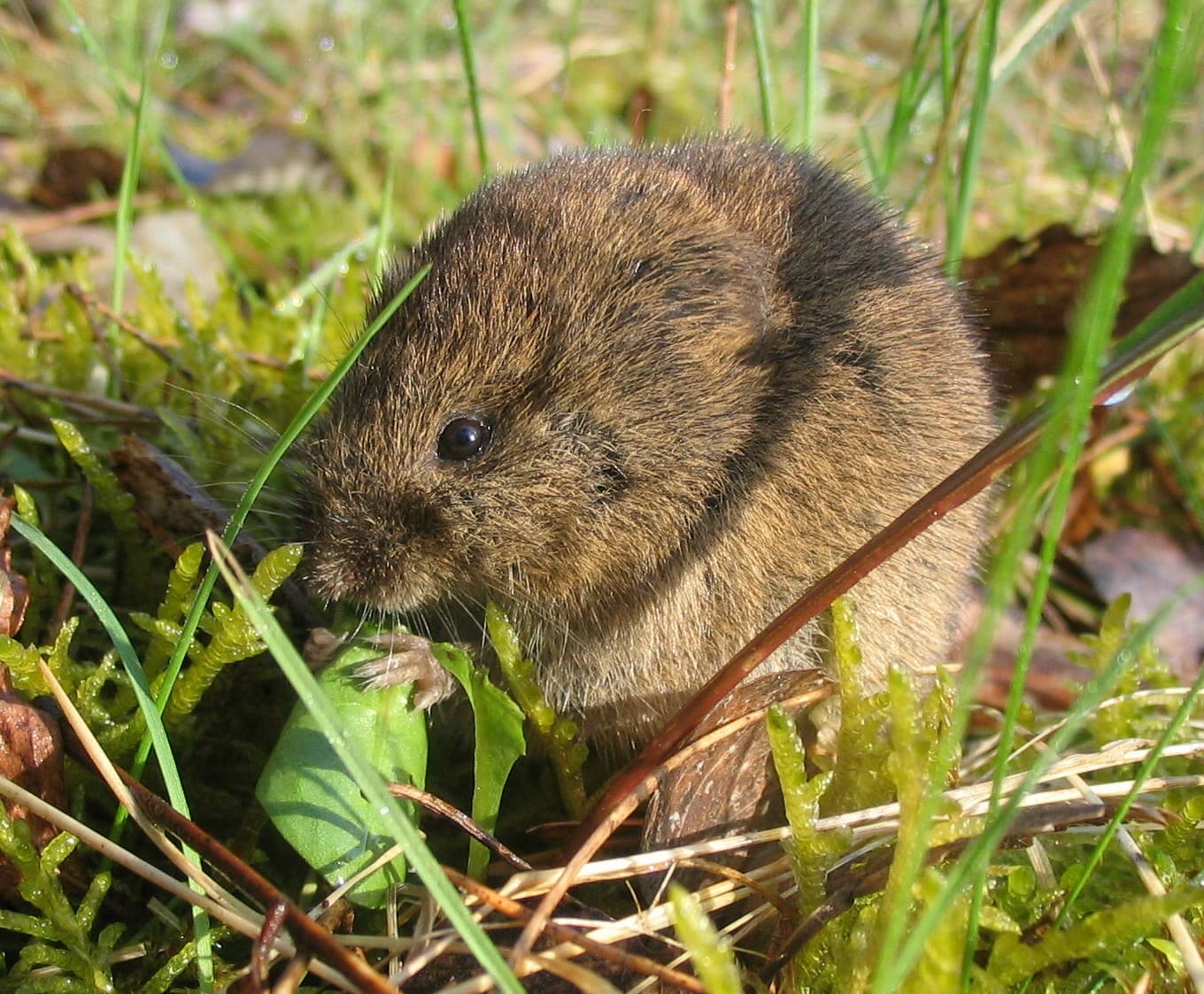Capuchin Monkey vs Spider Monkey: A Complete Comparison
When comparing Capuchin Monkey vs Spider Monkey, we find two remarkably different New World primates, each uniquely adapted to life in the American tropics. Spider Monkeys are significantly larger, weighing 13-25 pounds (6-11 kg), while Capuchins are more compact at 3-9 pounds (1.4-4 kg). These size differences reflect their distinct evolutionary paths and survival strategies in the rainforest canopy.
The most striking contrast between these primates lies in their physical adaptations. Spider Monkeys possess extraordinarily long limbs and a prehensile tail that can support their entire body weight, while Capuchins have more proportionate limbs and a tail primarily used for balance. These anatomical differences directly influence their movement patterns and foraging strategies in the wild.
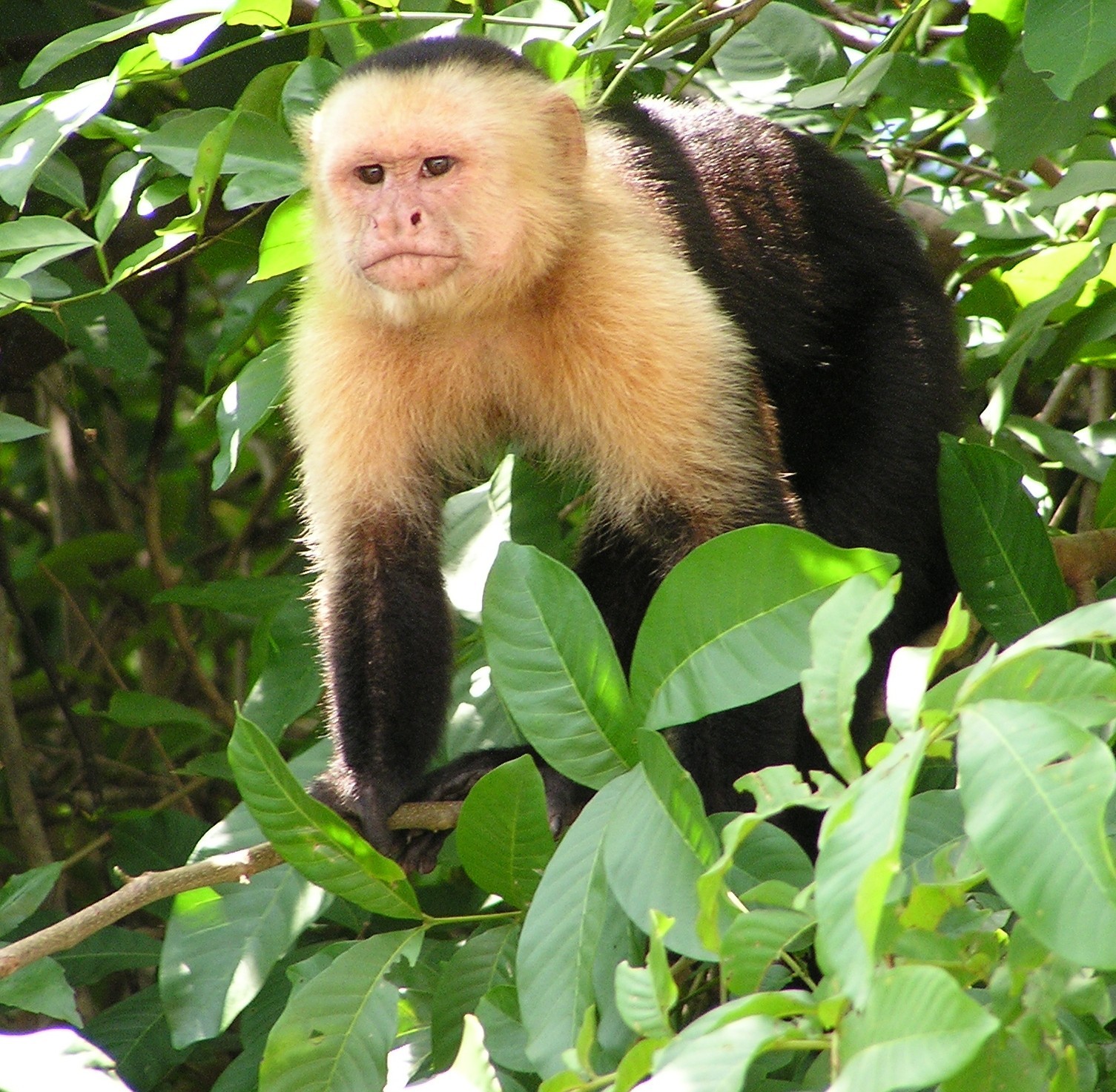
© David M. Jensen (Storkk) / CC BY-SA 3.0
The Capuchin monkey demonstrates the robust build and alert posture characteristic of these intelligent primates. Their strong, versatile bodies are perfectly adapted for both arboreal living and occasional ground foraging, setting them apart from their strictly tree-dwelling Spider Monkey cousins.
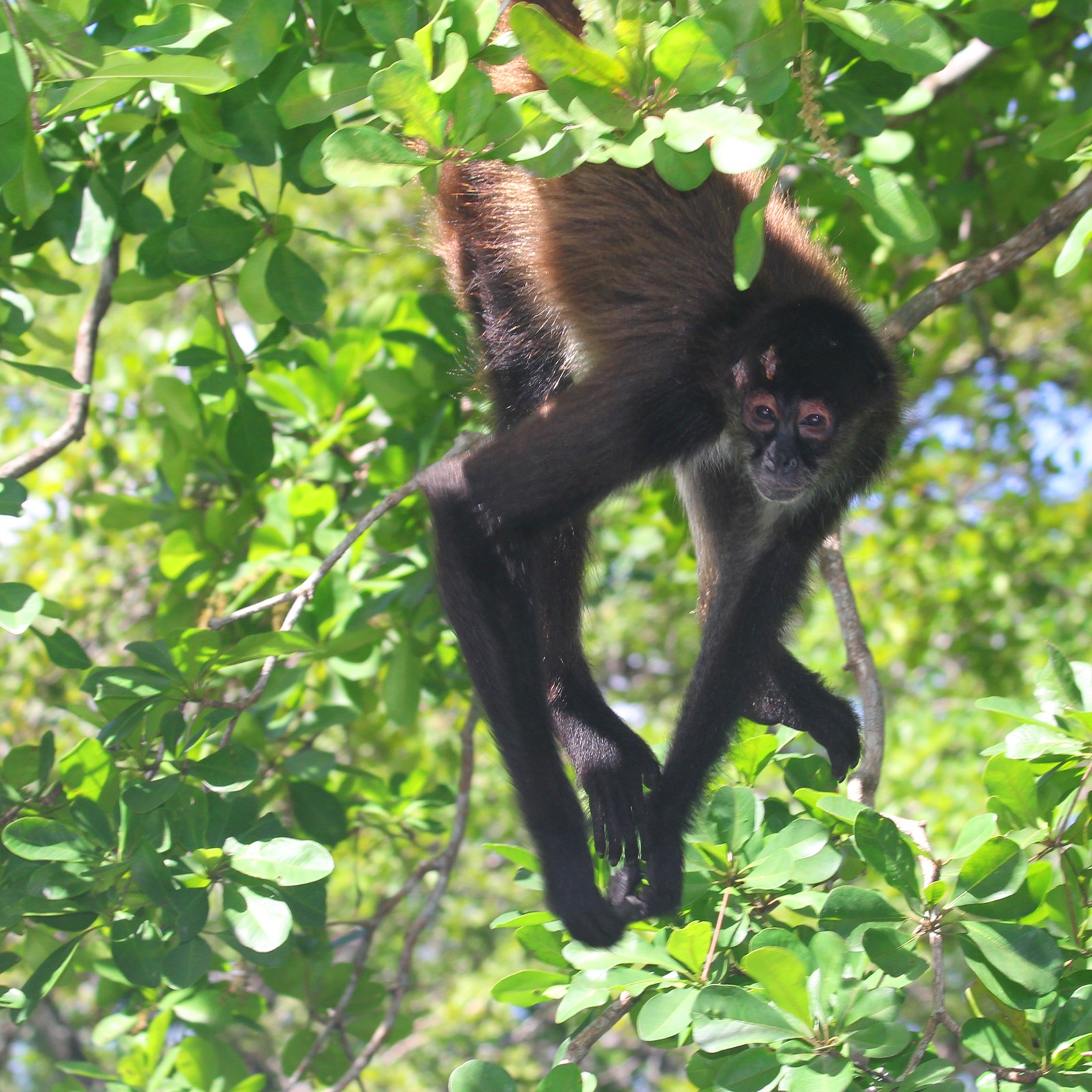
© IthakaDarinPappas / CC BY-SA 4.0
The Spider Monkey exhibits its signature acrobatic abilities, showcasing the specialized adaptations that make it one of the most agile primates in the Americas. Their distinctive body structure enables them to move effortlessly through the forest canopy using brachiation.
Key Physical Differences
| Feature | Capuchin Monkey | Spider Monkey |
|---|---|---|
| Size | 13-22 inches (35-56 cm) | 20-28 inches (50-70 cm) |
| Weight | 3-9 pounds (1.4-4 kg) | 13-25 pounds (6-11 kg) |
| Tail Length | Equal to body length | 1.5-2x body length |
| Limb Structure | Proportionate limbs | Extremely long limbs |
| Face | Distinctive white face and chest | Dark face with lighter markings |
| Movement Style | Quadrupedal walking/climbing | Primarily brachiating |
Behavioral Differences and Intelligence
Spider Monkeys and Capuchins exhibit markedly different social behaviors and problem-solving approaches. Capuchins are renowned for their tool use and complex manipulation skills, often using rocks to crack nuts and sticks to probe for insects. Spider Monkeys, while intelligent, focus their cognitive abilities on spatial memory and navigating complex social relationships within their groups.
Habitat and Distribution
Both species inhabit tropical forests across Central and South America, but their specific habitat preferences differ:
-
Capuchin Monkeys:
- Adapt to various forest types
- Found from sea level to 9,000 feet (2,700 m)
- More tolerant of disturbed habitats
-
Spider Monkeys:
- Prefer primary rainforest
- Rarely found above 6,500 feet (2,000 m)
- More sensitive to habitat fragmentation
Diet and Foraging Strategies
The dietary preferences of these primates reflect their distinct evolutionary adaptations:
Capuchin Monkeys:
- Omnivorous diet
- Consume fruits, insects, small vertebrates
- Skilled hunters of small prey
- Use tools to access tough foods
Spider Monkeys:
- Primarily frugivorous
- Focus on ripe fruits
- Supplement with young leaves
- Rarely eat insects or vertebrates
Conservation Status and Threats
Both species face significant challenges in the wild, though their conservation status differs:
- Spider Monkeys are generally more vulnerable, with several species listed as endangered
- Capuchins show greater resilience to habitat disturbance
- Both face threats from:
- Deforestation
- Hunting for bushmeat
- Pet trade
- Habitat fragmentation
Who Would Win in a Confrontation?
While direct confrontations are rare in the wild, a physical comparison reveals:
- Spider Monkeys have size advantage
- Capuchins possess stronger bite force
- Spider Monkeys avoid confrontation
- Capuchins show more aggressive tendencies
However, these primates naturally avoid conflict through territorial spacing and different canopy preferences.
Understanding these distinctions between Capuchin Monkey vs Spider Monkey helps appreciate their unique adaptations and roles in tropical ecosystems. Each species represents a fascinating example of primate evolution, demonstrating how different solutions can evolve to solve similar ecological challenges.
